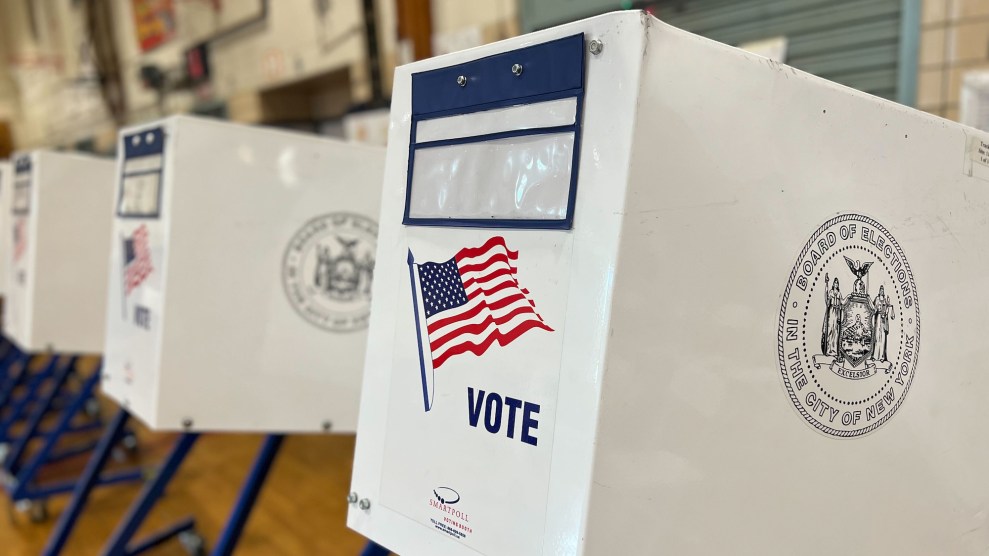Moscow, Idaho—Moscow has been called “the Berkeley of Idaho,” which is kind of a loaded statement, I guess. Mostly, I think, this refers to the fact that there’s a university, and cool bars, and coffee shops (try Bucer’s), an arts scene, and even a few honest-to-goodness liberals. That, and the communist thing.
It’s a nice little town in the heart of the Palouse, a 10,000 square-mile stretch of rolling hills of golden wheat in southeastern Washington and northwest Idaho. The hills of the Palouse—sprawling dunes of super-rich glacial silt—are steep enough in spots that a combine capable of climbing them wasn’t invented until the mid-20th century, and they’re sufficiently sculpted so that if you can observe them from an elevation, and at the right time of year (I didn’t), it gives the illusion of a technicolor Sahara. Coming from the west, the Palouse is the first real patch of farmland you’ll have seen for hundreds of miles and the most stunning in at least five hundred; the wheat fields forms elaborate, symmetrical patterns, drawing a depth from the shadows and a scope against the Big Sky sky that makes the monotony of the corn belt wilt by comparison.
Moscow’s a beautiful place—it just shouldn’t be in Idaho.
Or rather, Idaho just shouldn’t be Idaho. Perhaps more than any other state, the Gem State looks like it’s been gerrymandered, carved into an impossible shape, like a half-eaten turkey leg, that you simply can’t imagine anyone putting it together for any other reason except to further a cynical, partisan agenda. North Idaho and southern Idaho are separated by some seriously gnarly mountain ranges, and, according to my map, something called “River of No Return Wilderness.” It’s the rare state without an interstate running north to south, and so commerce generally doesn’t run that way, either; your best bet, if you ever need to go from Coeur d’Alene to Boise, is to take a two-lane winding mountain road. But give yourself eight hours. And check your watch, since you’ll switch time zones halfway down. Culturally and politically, northern Idaho is an extension of eastern Washington and parts of Montana; the heavily Mormon south has more in common with Utah.
I don’t mean to pick on Idaho; Nazis aside, it’s not a uniquely horrible place. But it’s representative of a structural weakness: As much as we like to fixate on the lack of a fully “united” United States, the more pressing concern might be that the states are really terrible. Just look at the Senate. Or a map. California’s problems are well-known. Same with Delaware (the evils of which cannot be overstated). And the Dakotas. And Da U.P. And Wyoming. On the federal level, this means more power to sparsely populated area and less to populated ones (or, if you like, more power to Jim Inhofe and Ben Nelson, and less to John Kerry). On the state level, it leaves residents of totally distinct regions lumped together in an awkward, arbitrary, marriage that doesn’t really satisfy anyone.
Then again, without Idaho, we’d never have had this. So…we’re even, I guess?
















